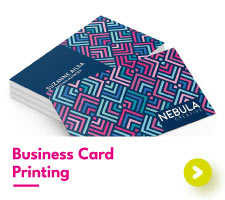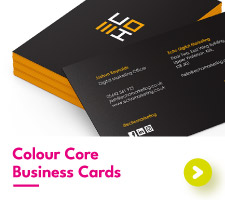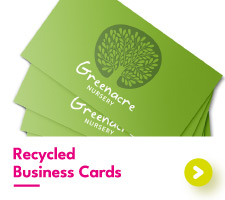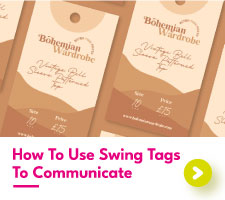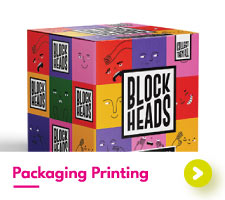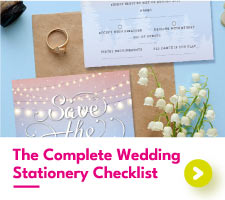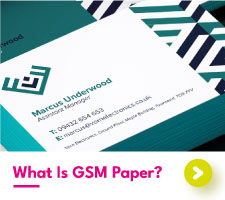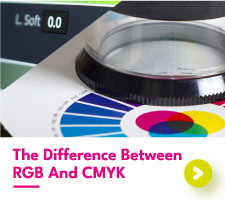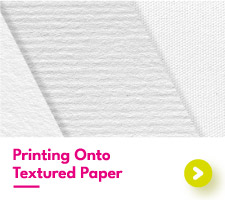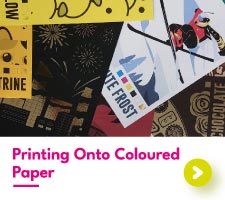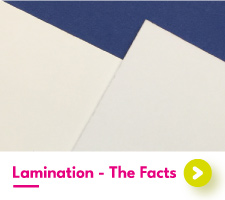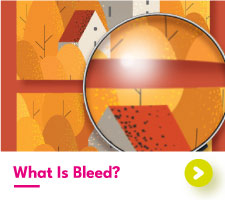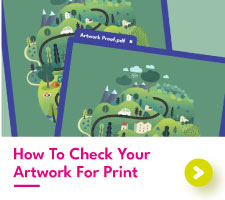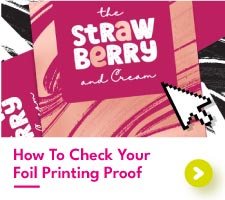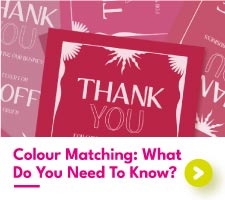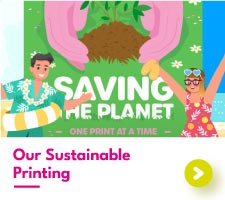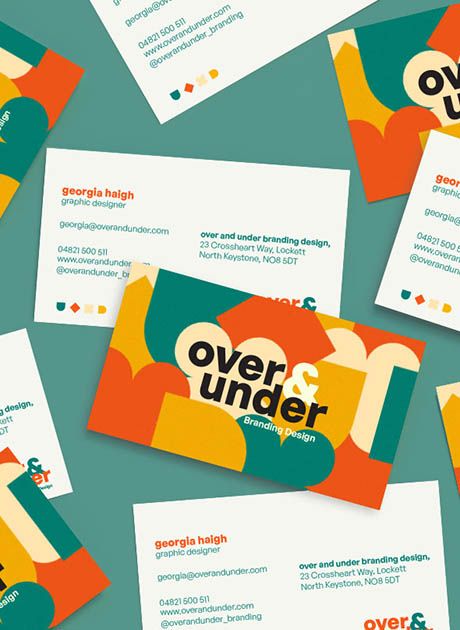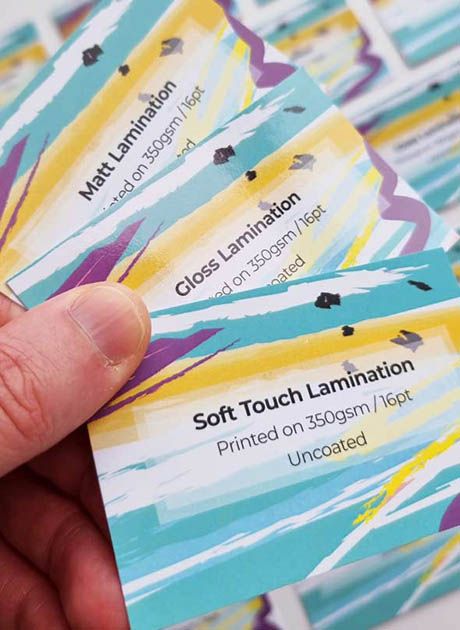Unlaminated Business Cards
Uncoated Vs Matte Business Card
The ultimate business card finish has been debated for a long time and it is all down to personal preference. Matte finishes are much more popular than gloss laminated business cards. Uncoated paper can be used to achieve a matt look for unlaminated cards. However, our luxurious matte laminates have many additional benefits and extend the lifespan of the card, without affecting the recycling process.
Coated Vs Uncoated Business Cards
Before we look at the advantages and disadvantages of unlaminated cards, let’s look at the 3 different ways to get a matte design.
Uncoated Finish Business Cards
Uncoated paper is naturally matte, so you can select this paper type without a laminate. Read our article Gloss, Silk, or Uncoated Paper to see the differences between these papers.
Business Card With A Soft Touch Laminate
The soft touch lamination provides a velvety smooth feel and it does not reflect the light. The transparent film protects the card from dirt and damage.
Matt Laminated Business Cards
Matte laminated business cards have a smooth non-reflective finish, while also protecting the card from dirt and damage. At first glance, this finish looks very similar to uncoated paper.
Uncoated Finish Business Cards
There are many pros and cons if you choose not to have laminates such as soft touch finish and matt laminate. The summary below is designed to help you to quickly see the advantages and disadvantages of using uncoated paper instead of a laminate.
Advantages Of Uncoated Paper
1 Bright white
Uncoated paper is a brighter white when you compare it next to a business card with a matt laminate finish.
2 Uncoated paper has a grainy texture
Some people like the natural look and feel of uncoated paper.
3 Great for writing on
They are ideal if you want to write appointment reminders for clients or discount codes and notes for visitors at exhibitions. Uncoated paper is ideal for printing business cards with appointment on back to remind them about cancellation policies. Cards with a soft touch laminate can still be written on, but matt and gloss laminate are much harder to write on.
Disadvantages Of Unlaminated Cards
1 They are prone to damage, stains and fingerprint marks
They will not last as long as those with a laminate finish. The laminates reinforce the paper to make it tear resistant and water resistant. Laminates also repel dirt, dust and fingerprints and can be easily wiped clean.
2 Prone to cracking and chipping edges
When paper is being cut, the soft fibres can flake off and cause cracking and chipping to the edges of your artwork. You can avoid having colour printed near the edges. Alternatively, if you apply a bleed to your artwork, you can have a laminate applied to seal and protect the fibres and toner.
3 Uncoated paper is more porous than coated stocks
They are very absorbent. That is why you sometimes see flyers curl. A coating on one side and none on the other, means that the flyer absorbs moisture from the air and expands unevenly, making them bend slightly. To avoid this, you’d need to laminate both sides.
Custom Business Card Printing Options
Visit our business card page to view the extensive range of thicknesses and paper types. You can also order a sample pack to help you to compare paper types and laminates and special finishes such as rounded corners and painted edge business cards. You can mix and match anything in the pack to create your perfect card design.
We can print virtually any size business card you want including mini business cards and folded versions. We even offer custom shape designs if you want unique die cut business cards that mimic the shape of one of your products.

 USA
USA FR
FR
